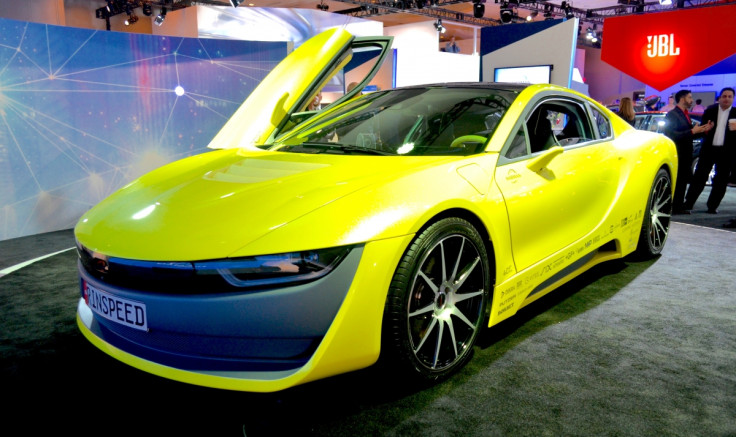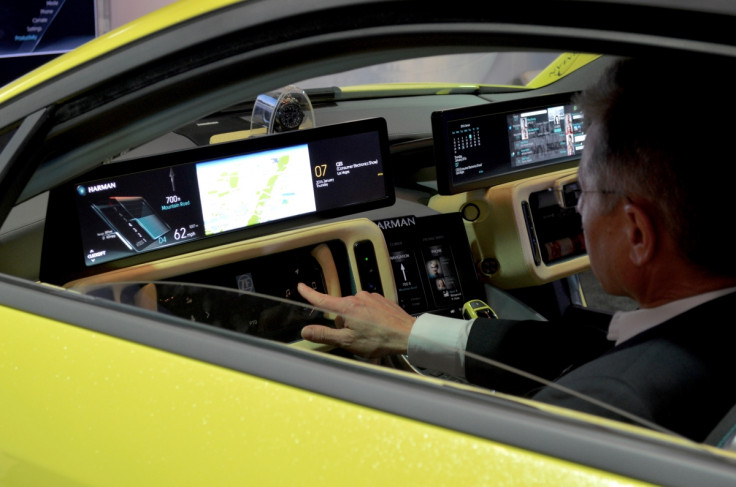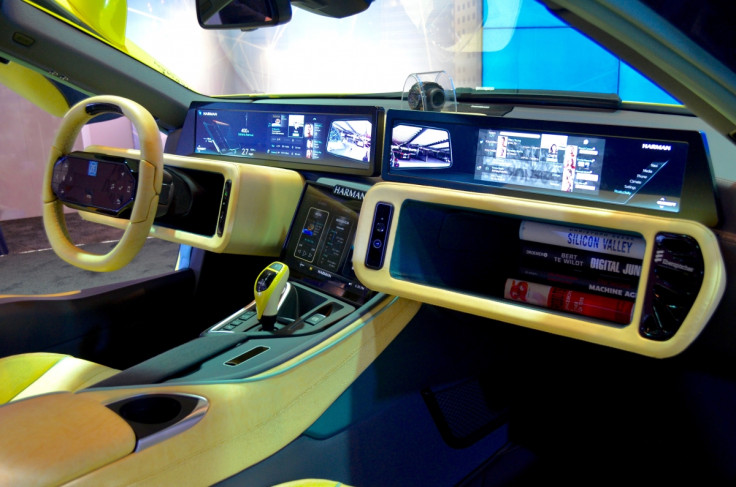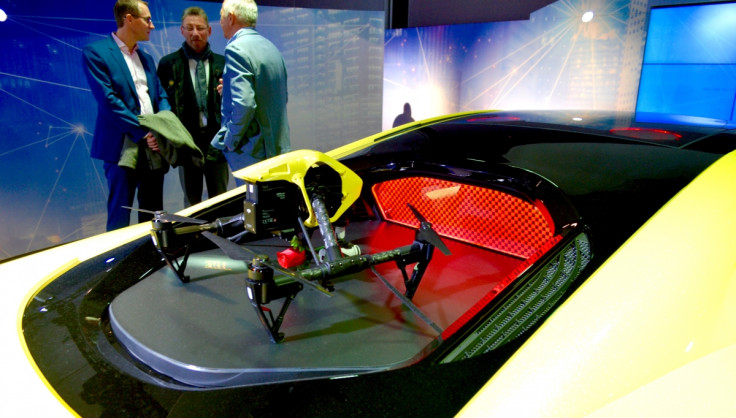CES 2016: Commuting to work in the autonomous, connected sports car of the future

An autonomous sports car might not sound like much fun - but this is different. The Rinsed Etos is a concept produced in partnership with audio company Harman and it aims to strike the perfect balance between a sports car for driving enthusiasts and a way of being driven to work in a mobile office. Is this the future of motoring? It's probably not far off...
The Etos is a modified BMW i8, but that isn't really what's important here. The car is a concept to show what could be possible in the not-so-distant future. It's a car which can both be driven normally and be switched into a fully autonomous mode. It syncs with the phones of its driver and passenger; it uses Microsoft Exchange to keep on top of your work calendar, Skype for video calls and an Xbox One for when you want to relax. There is also a DJI drone on the back, which can fly alongside, filming as you drive.

What does a 45 minute commute to work in the Rinsed Etos look like? First, the car automatically syncs with the smartphones of the driver and passenger, checking their calendar for the day and playing whatever song they were just listening to. The driver's office is already set as the sat-nav destination, with his favourite coffee shop as a waypoint.
The car has a 180-degree camera at the front and back, helping the driver see around the blind corner of his driveway. Oncoming cars are shown on a screen which spans the entire length of the dashboard with their speed and the number of seconds until they pass clearly shown. A red time means wait, a green time means it is safe to pull out. The stereo can be set to automatically play different genres of music depending on the driver's mood. Meanwhile, the car logs into Microsoft Exchange to read emails aloud and set up the driver's diary for the day and week based on what their inbox says.

One email requires an urgent Skype video call. To do this, the driver presses a button and the car switches from manual to autonomous driving mode. The steering wheels folds up and retracts into the dashboard, and the dual 4K displays both slide forwards. A camera on the dashboard switches between driver and passenger, depending on who is talking.
Once the call is over, the driver or passenger can then watch TV or play on the integrated Xbox One. They can also look up news headlines, or browse the web. They can also, for reasons unknown in such a high-tech car, take a hardback off the bookshelf.
When nearing his office, the driver retakes control of the car, which then automatically searches for a parking space, signing him in through the car park's online booking system. On arriving at the space, two cameras on the front wings show the driver how close the front wheels are to the kerb. He then parks and goes to work.

This is, of course, almost completely fantasy for now. The car is real and the screens and cameras all function - the steering wheel even folds away, despite looking like a cheap sci-fi prop. The drone is real too, it's a DJI Inspire 1, and to be honest the technologies imagined here aren't far from reality at all.
Syncing accounts through Microsoft is easy, as are Skype calls from a moving car and sticking a TV and Xbox One in there. You might think an autonomous car is the difficult bit, but as Google, Tesla and Ford and others are already proving, this goal is around five years away. Sure, having a drone on the back of your car is plain stupid - it's not tied down, for starters - but the rest of this car feels genuinely achievable by 2020. But is it what drivers want? That's the biggest unanswered question right now.
© Copyright IBTimes 2025. All rights reserved.






















